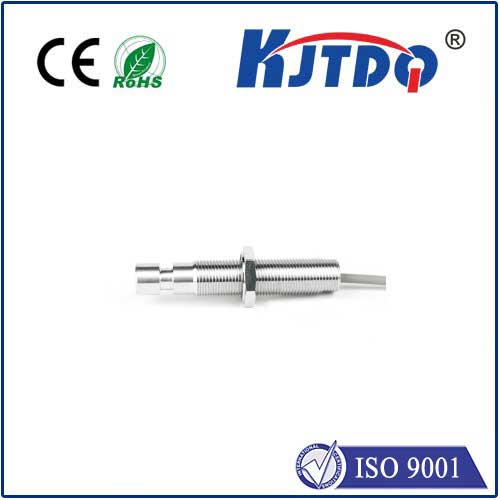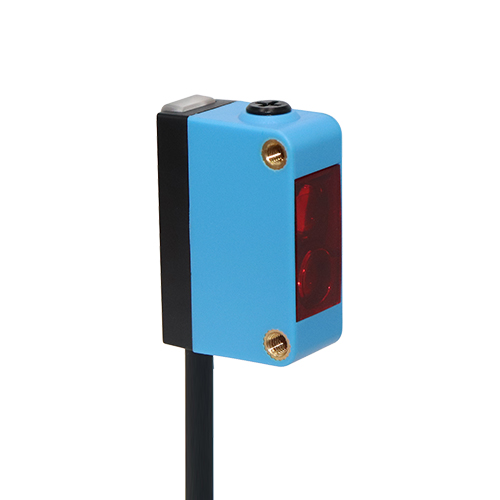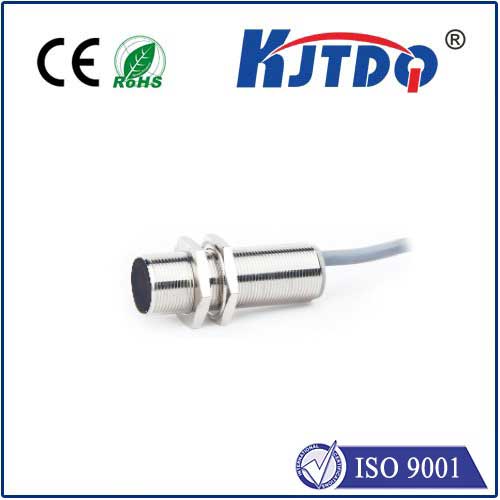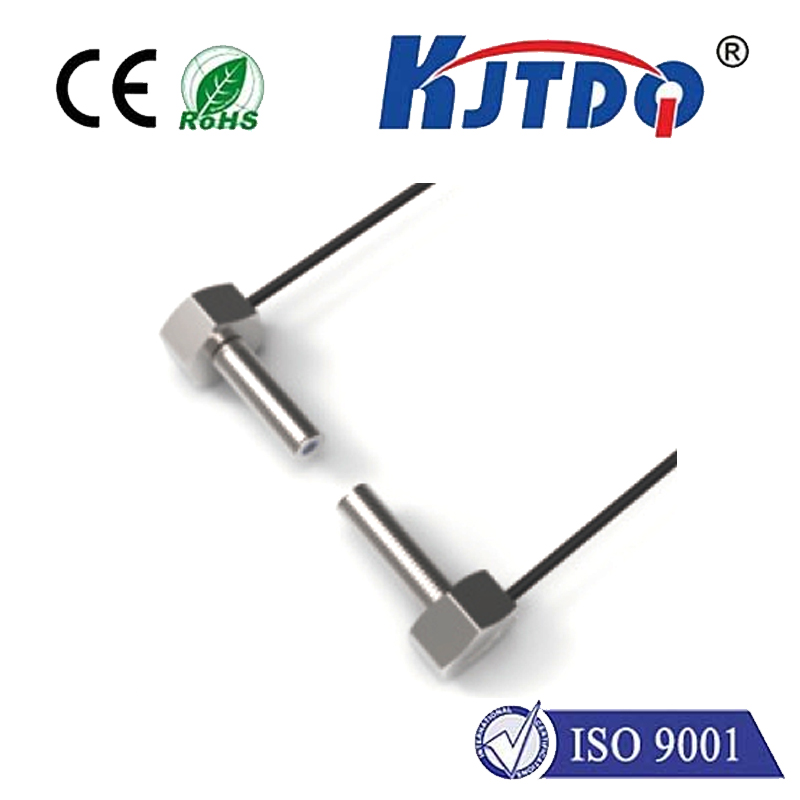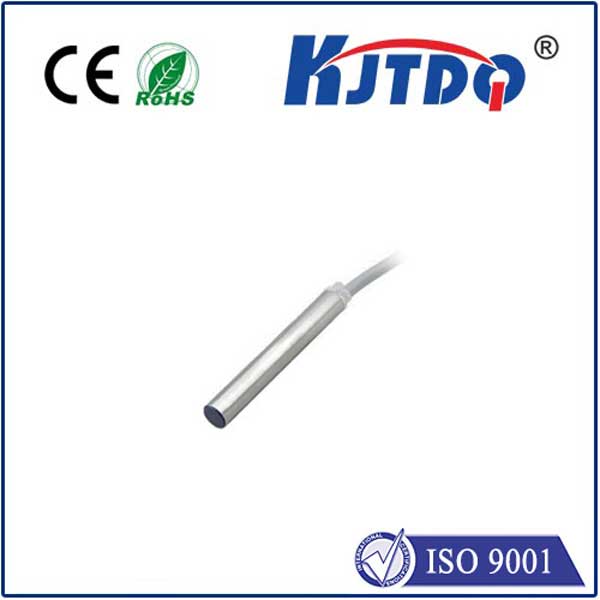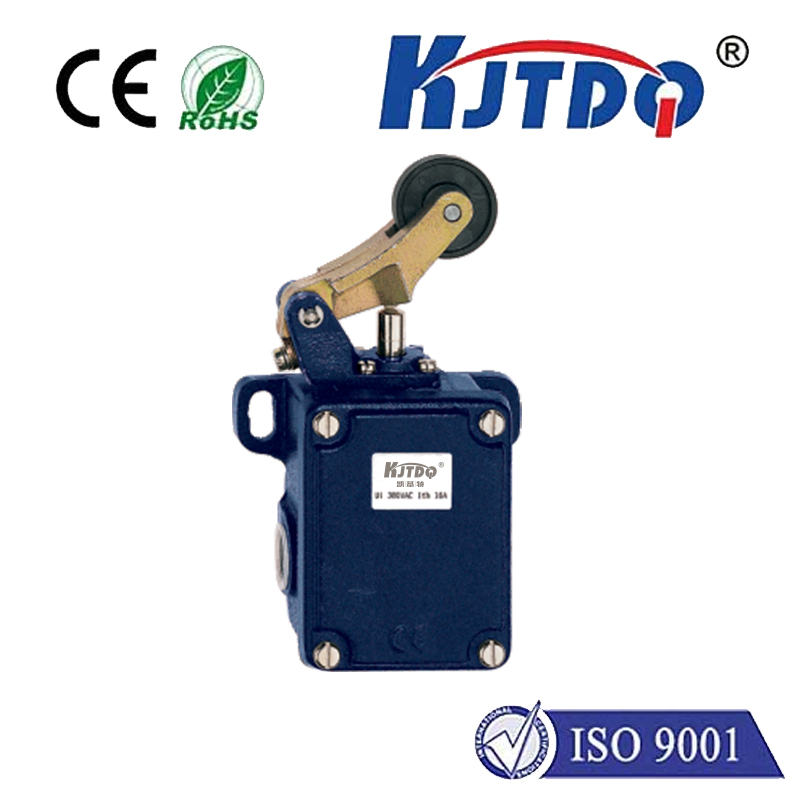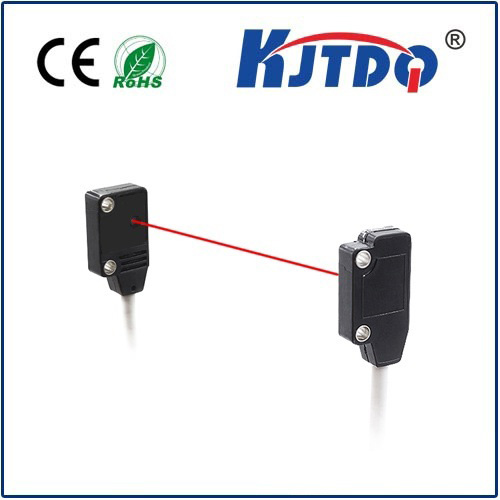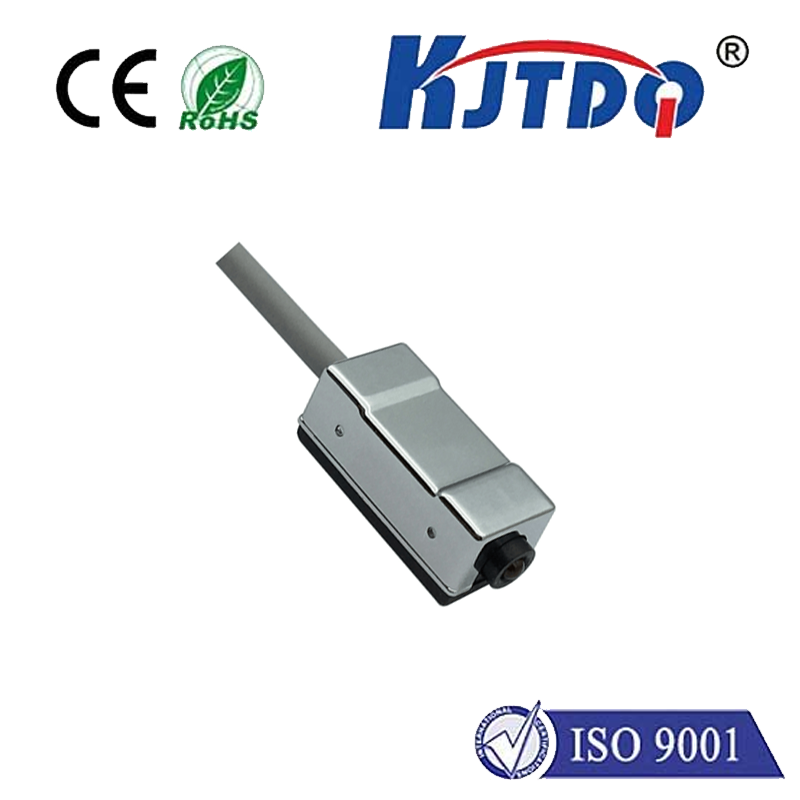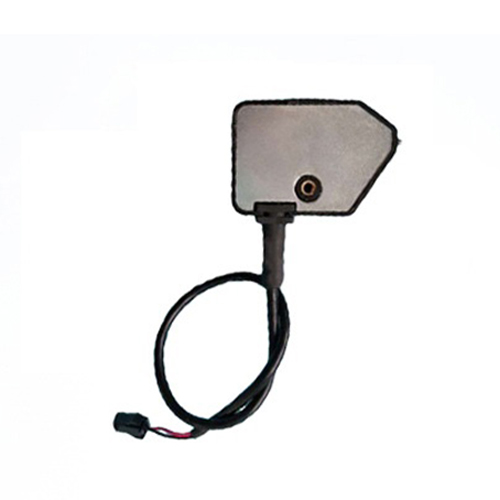inductive sensor balluff
- time:2025-07-07 13:03:31
- Click:0
Inductive Sensor Balluff: Powering Precision Detection in Modern Automation
Imagine a world where machines operate blindly, unable to sense the presence, position, or absence of critical components. Manufacturing lines would halt, robotic arms would falter, and safety systems would fail. Thankfully, inductive proximity sensors, particularly those engineered by Balluff, provide the essential eyes and touch for countless automated processes. These robust, non-contact workhorses form a fundamental layer of intelligence, ensuring efficiency, safety, and reliability in demanding industrial environments every single day.
Understanding the Core: Inductive Proximity Sensing
At its heart, an inductive proximity sensor operates on a simple yet ingenious principle of electromagnetism. Its core component is a coil wound around a ferrite core, energized by an oscillator to generate a high-frequency electromagnetic field. When a conductive metallic target enters this field, eddy currents are induced on the target’s surface. This interaction absorbs energy from the sensor’s oscillating circuit. The sensor’s electronics meticulously monitor the amplitude of this oscillation. A detectable drop in amplitude signals the presence of the target within its specified sensing range. Crucially, no physical contact is required, minimizing wear and tear and enabling detection through non-metallic barriers.
The Balluff Distinction: Engineering Excellence for Industrial Demands

While the fundamental technology is shared, not all inductive sensors are created equal. Balluff has built a formidable reputation by focusing on precision engineering, unparalleled robustness, and unwavering reliability. Here’s where their expertise shines:
- Exceptional Durability & Protection: Balluff sensors are renowned for their tough construction. They frequently feature stainless steel housings (often V4A/AISI 316L), hermetically sealed designs, and advanced IP67, IP68, IP69K ratings. This translates to resistance against shock, vibration, extreme temperatures, washdowns with harsh chemicals, cutting fluids, and metal swarf. Reliability is non-negotiable in industries like automotive, food and beverage, or metalworking.
- Unwavering Precision & Repeatability: Balluff meticulously calibrates its sensors for high switching accuracy and minimal hysteresis. This means they provide consistent, repeatable detection of targets at the exact specified point, time after time. This precision is vital for applications demanding tight positional control or high-speed counting.
- Advanced Circuitry & Features: Beyond basic detection, Balluff incorporates sophisticated electronics:
- Short-Circuit and Reverse Polarity Protection: Safeguards the sensor and connected systems from wiring errors or faults.
- Immunity to Electrical Interference: Advanced EMC shielding ensures stable operation even in electrically noisy environments near motors, welders, or VFDs.
- IO-Link Integration: Many Balluff inductive sensors feature IO-Link technology, the emerging standard for sensor communication. This enables bi-directional data exchange, allowing not just switching signals but also remote parameterization, continuous process data monitoring (like temperature or operating hours), and simplified diagnostics – a cornerstone of Industry 4.0.
- Extensive Range Tailored for Any Need: Balluff offers a vast portfolio covering every conceivable requirement:
- Miniature Sensors (e.g., BES series): For space-constrained installations.
- Cylindrical & Block Designs: Standard form factors for versatile mounting.
- Heavy-Duty Sensors: Engineered for the harshest foundry, mining, or metal stamping environments.
- Factor 1 Sensors: Detect all metals (steel, stainless, aluminum, brass, etc.) at the same sensing range.
- Specific Detection Sensors: Optimized for certain metal types if required.
- Analog Output Sensors: Provide continuous distance measurement, not just on/off states.
Where Balluff Inductive Sensors Drive Performance
The applications are virtually limitless across industrial sectors:
- Automotive Manufacturing: Position verification of pistons, gears, or engine blocks; presence detection of tools on CNC machines; end-of-stroke detection on presses; part counting on assembly lines. Balluff sensors handle the rigorous demands of high-volume production.
- Packaging & Material Handling: Detecting metal components on conveyors; ensuring correct positioning of pallets; verifying carton presence (using metal staples or closures); monitoring bin levels (detecting a metal flag). Their robustness withstands dust and vibration.
- Machine Tooling: Tool breakage monitoring; workpiece clamping verification; spindle position control; coolant level sensing (using a float with a metal target). Precision is paramount here.
- Food & Beverage Processing: Specially designed hygienic variants with specific surface finishes (e.g., electropolished 316L stainless steel) and food-grade seals enable reliable detection of metal lids, foil seals, cans, or mixers in washdown areas, meeting stringent hygiene standards.
- Robotics: Precise end-effector positioning; gripper status detection; collision avoidance. Balluff’s compact and rugged sensors integrate seamlessly into robotic cells.
- General Factory Automation: Limit switching; rotational speed monitoring (using gear teeth); position feedback on linear actuators. They are the ubiquitous solution for reliable non-contact detection.
Selecting the Right Balluff Inductive Sensor: Key Considerations
Choosing the optimal sensor involves evaluating several factors:
- Target Material: Steel, stainless steel, aluminum, copper? Factor 1 sensors offer consistency, while specific types might be needed for specialized applications.
- Sensing Distance (Sn): How far away does the target approach? Balluff offers a wide range of sensing distances to fit the application geometry.
- Housing Size & Shape: Available space dictates whether a miniature BES sensor, a standard cylindrical sensor, or a rectangular block sensor is required.
- Environmental Conditions: Consider extremes of temperature, pressure, exposure to chemicals, oils, coolants, or mechanical impacts. Balluff’s extensive catalog ensures a sensor designed for the specific challenge.
- Electrical Requirements: Supply voltage (10-30V DC typical), output type (PNP/NPN, NO/NC), and connector style (M8, M12, cable outlet).
- Advanced Needs: Does the application require IO-Link communication for smart data exchange? Analog output for distance measurement? Special hygienic approvals?
The Intelligent Choice for Reliable Operation
In the complex symphony of modern automation, Balluff inductive sensors are the dependable rhythm section. They provide the foundational sensing layer that ensures machines operate smoothly, safely, and efficiently. By combining electromagnetic principles with robust engineering, advanced electronics, and a commitment to quality, Balluff delivers proximity sensors that industrial engineers trust. Whether it’s ensuring a robotic arm grips correctly, verifying a critical part is present before machining, or safeguarding personnel near moving equipment, choosing a precisely selected Balluff inductive sensor translates directly into enhanced productivity, minimized downtime, and superior process reliability.












